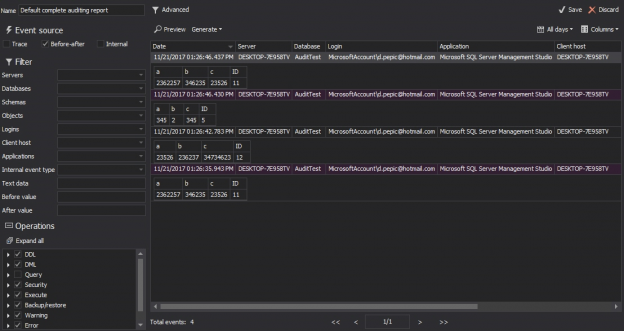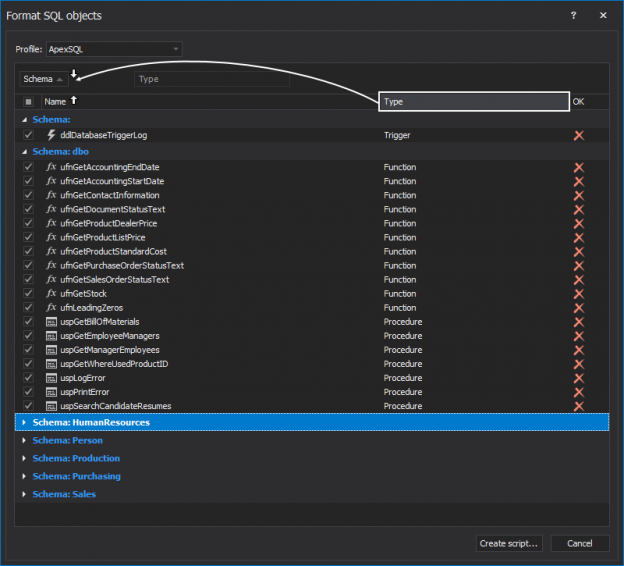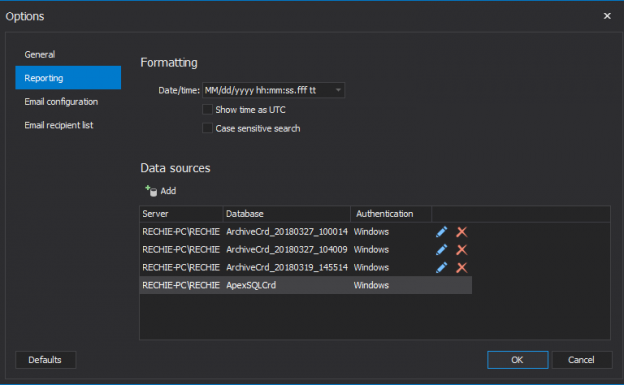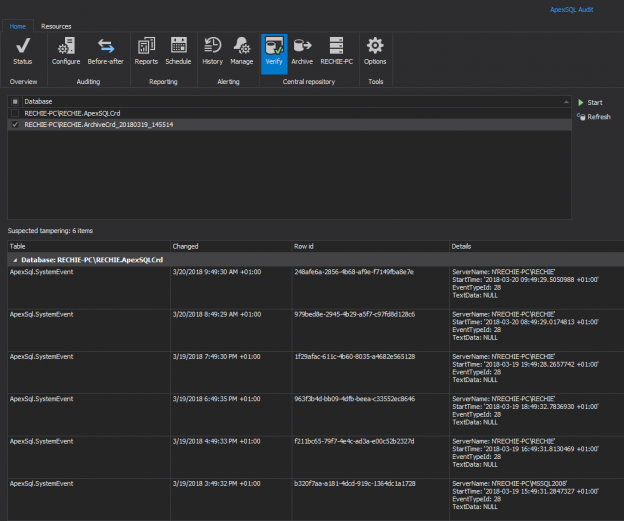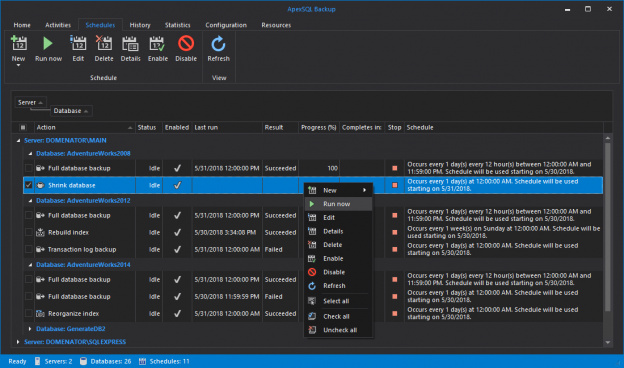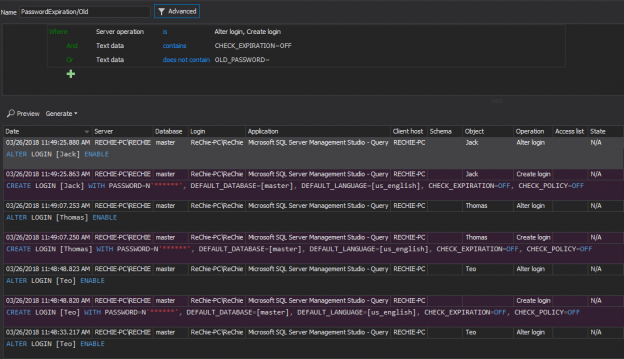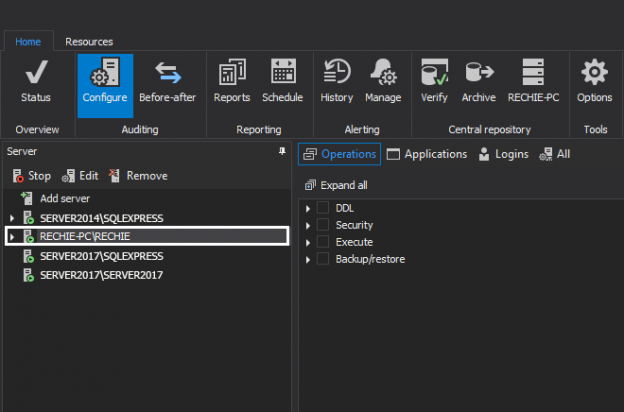When confronted with a disaster recovery scenario with a very large database, but a small group of effected records, an opportunity exists to both speed the process and reduce risk of further damaging data, by updating more rows than necessary, simply by narrowing the subset of compared records.
ApexSQL Data Diff offers the ability to narrow the rows that should be synchronized, so only affected rows are updated. But, if the filtering isn’t done properly, “false positives” are risked, rows that are flagged as different/changed and should be synchronized, even if they weren’t in the subset of affected rows. Synchronizing these rows will update “good” data and roll back any production changes that may have been made, further damaging the data.
November 6, 2015



